“Social media” is a clumsy term that entangles enriching social interaction with mindless media consumption. It’s a double-edged sword whose sides aren’t properly distinguished. Taken as a whole, we can’t decide if it “brings the world closer together” like Facebook’s new mission statement says, or leaves us depressed and isolated. It does both, but our opportunity and the tech giants’ responsibility is to shift usage toward “time well spent.”
Thankfully, Facebook’s CEO Mark Zuckerberg seems ready to embrace that responsibility. “Time spent is not a goal by itself. We want the time people spend on Facebook to encourage meaningful social interactions,” he said on its most recent earnings call.
[Update 12/15/17: Further showing Facebook’s interest, today it published its own “Hard Questions: Is Spending Time on Social Media Bad for Us?” blog post with more research to the same conclusion as the science I cite below: it’s passive social media usage that depresses us, so we need to engage.
Facebook notes it’s pledged $1 million towards youth technology usage and well-being research. It’s formally launching a Snooze feature we spotted testing in September that lets you hide a person, Page or Group for 30 days if you need some peace. And it announced it will host a summit next year for academics and industry leaders to examine digital distraction, multi-tasking, and focus. But the post only suggests highly indirect ways of addressing mindless consumption, rather than any purposeful interventions.]
It’s not just a Facebook issue. Notification-spamming mobile app developers, video platforms like Netflix and YouTube and video games from Candy Crush to Call of Duty need to wake up to how their design choices can squander our attention and stifle our sanity. But Facebook, with its ubiquity, roaring business, idealistic leadership and opportunity to promote what’s positive about technology is uniquely positioned to sound the alarm.
To change behavior, we first need to explore the research and measure the difference between connection and distraction.
Active versus passive Facebooking
Late at night or lacking energy or losing focus, I and many others often turn to Facebook. Scrolling its endless feed can deliver delightful little doses of dopamine. A photo of a friend or a news link gives us the momentary sensation of accomplishing something, even if it’s just learning some tiny bit of information, no matter how irrelevant. We know we could be getting ready for bed, or contacting someone we care about or getting work done, but nothing’s easier than giving in to craving for another digital content snack.

Facebook is the perfect trap for our attention, especially when our will is weak. Algorithmically sorted feeds bring the best content to you with no effort, a simple click lets you dole out a Like and no matter what time of day or how much you browse, there’s always something new. There’s FarmVille and Watch videos and news Trends and Stories to imbibe.
Other platforms have different lures. Scanning smartphone alerts saves you from awkward real-life situations, Netflix binges can last days and there’s always another level to beat or opponent to kill in mobile and console games.
I know that these extended consumption sessions, particularly on Facebook, don’t leave me feeling good or satisfied. My brain seems jumbled and overcrowded with info. My body seems sapped of strength like I’m in a greasy fast-food coma. And the time I frittered away pools in my stomach as sinking regret about what I could have done. With the average user spending around an hour a day on Facebook’s products, the consequences stack up quickly.
But on the other hand, there are the social interactions that remind us why Facebook exists and why we come back so often.
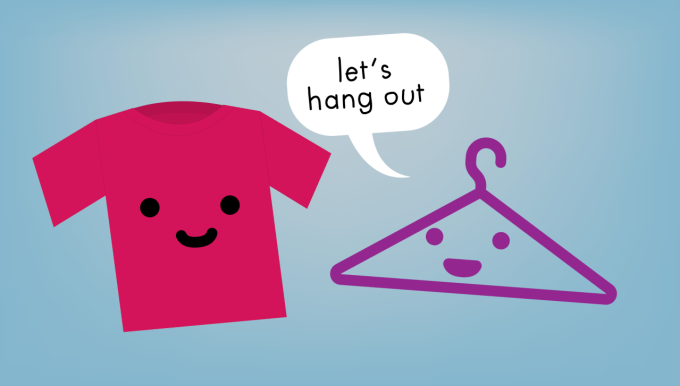
You share something that spurs a swath of jokey comment threads with friends or send earnest condolences to a buddy who lost a loved one. You geek out with fellow hobbyists or plan political action in a Facebook Group. You discover an art gallery opening or party down the street and invite pals to join you, or see that an old friend is visiting town and reach out to catch up in person. And through Messenger, you can strike up a convo with someone you can see is online, or laugh about the world in a rollicking group chat.
Moments of this nature deepen bonds with your immediate circle, cement you into a larger community, keep old relationships from dying out, foster connections with those aligned by interest or circumstance and trigger real-world meetups. They’re active, participatory and engaging. They aren’t isolating or misanthropic or a waste. They’re truly social, even with a screen in between.
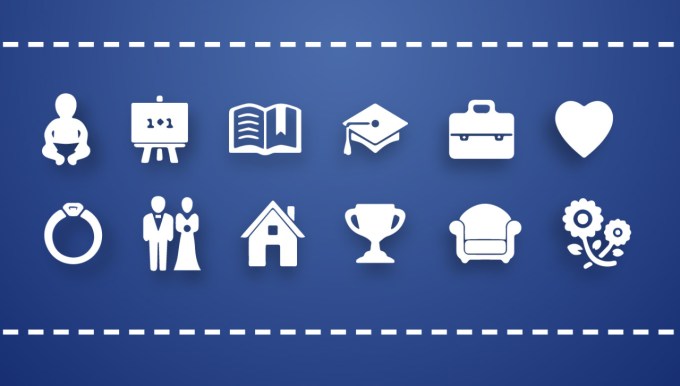
These two sets of behaviors deserve distinction. Bad versus good, passive versus active, depleting versus enriching. There are ways to use Facebook and social media and other technologies that ask little of us but take much, and those that require energy and spirit but pay it back with dividends.
Scientific research shows just how contrasting their impacts can be. So when we talk about time spent, let’s be sure to differentiate. Otherwise we throw the baby out with the bath water, or let the rotten apples ruin the bunch.
The Envy Spiral
For years, Facebook tried to highlight research showing it brought people out of filter bubbles and helped them score jobs.
But now Zuckerberg himself is citing studies showing the more mixed impact of Facebook, where the effect depends on how you use it, not just how much. “Research shows that interacting with friends and family on social media tends to be more meaningful and can be good for our well-being, and that’s time well spent. But when we just passively consume content, that may be less true,” Zuckerberg said on the Q3 call.
He may have been specifically referring to a 2015 study by Kross and Verduyn that found that experiment participants who used Facebook actively for 10 minutes felt the same or just a little better, but those who used it passively felt worse.
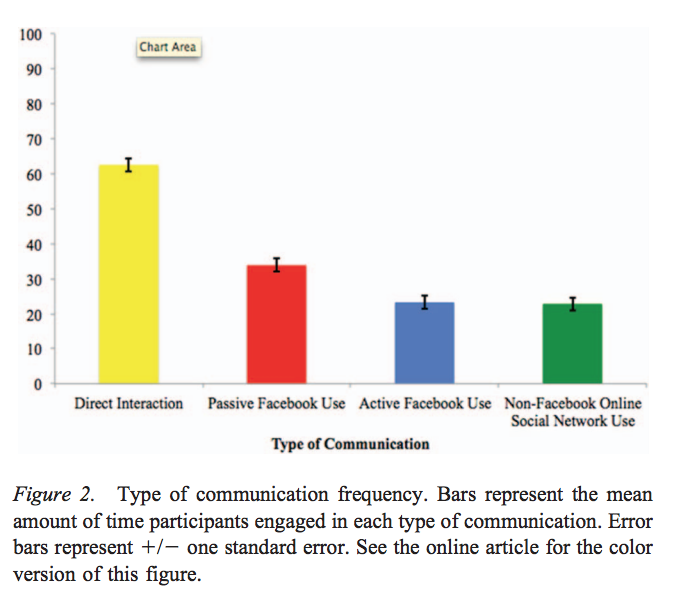
“Our experimental manipulation led people in the passive Facebook usage condition to feel approximately 9% worse at the end of the day compared with baseline. In Study 2, intense passive Facebook usage predicted a 5% decrease in affective well-being over time” the study shows. It also worryingly found that people spent significantly more time passively Facebooking.
The core driver of this decline in well-being was envy and social comparison. People felt that everyone else’s lives were more entertaining and glamorous than their own, and that everyone else was care-free while they themselves were wracked with stress and trouble. “Continually exposing oneself to positive information about others should elicit envy, an emotion linked to lower well-being,” the authors wrote.
This was exacerbated by “success theater,” a term popularized by The New York Times’ Jenna Wortham to describe how people only show the best side of themselves on social media, and hide all the warts of real life. People essentially perform their life as if it was theater, hoping to make a good impression.
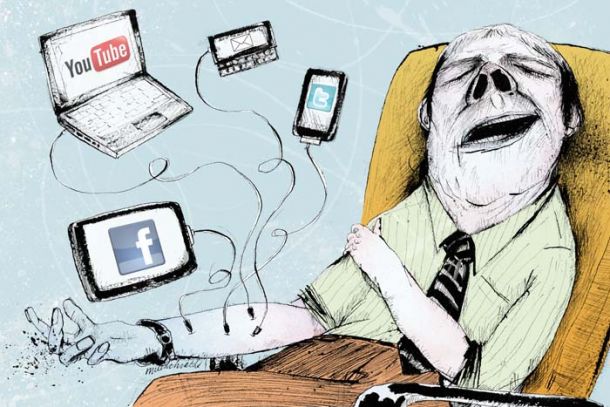
Success theater works, on social media or otherwise. A 2011 study by Jordan et al. found that “people may think they are more alone in their emotional difficulties than they really are.” That’s because people underestimated negative emotions and overestimated positive emotions in their peers.
A study in 2013 by Krasnova et al. found that 20 percent of envy-inducing situations that experiment participants experienced were on Facebook, and that “intensity of passive following is likely to reduce users’ life satisfaction in the long-run, as it triggers upward social comparison and invidious emotions.”
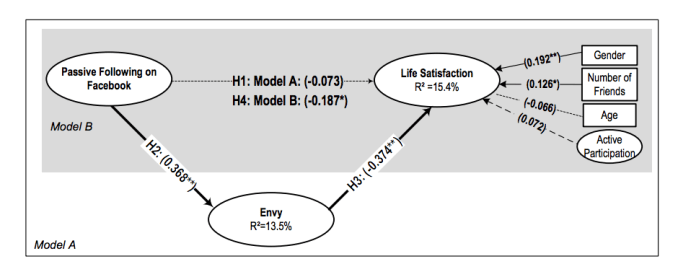
Facebook users can even exhibit a “self-promotion – envy spiral” where they increasingly adopt narcissistic behaviors and glorify their lives in an attempt to compete with the rest of their social graph. A longitudinal study by Shakya and Christakis in 2017 with a larger subject base than many other Facebook well-being studies found that lots of Liking and link clicking led to declines in people’s mental health.
Yet when studies looked at active Facebook behavior, they found some indication of positive repercussions, as Jon Brooks discovered in a look across Facebook well-being research for NPR.
A 2012 paper by Deters et al. found that experimentally inducing increased status updating “reduced loneliness . . . due to participants feeling more connected to their friends on a daily basis.” Wise et al. found in 2010 that directly communicating with friends on Facebook led to participants reporting pleasant emotions, but not when passively skimming through the site.

And to get down to the nitty-gritty, Kraut et al. reported in 2015 that “Receiving targeted, composed communication from strong ties was associated with improvements in well-being while viewing friends’ wide-audience broadcasts and receiving one-click feedback were not.” Essentially, active commenting by friends boosted people’s emotions while Liking didn’t.
The scientists aren’t the only ones convinced Facebook can have a negative influence on our lives. Former employees and industry pundits are speaking up, too.
It’s time for time well spent
We’ve reached the dawn of an era of reckoning with the unintended consequences of technology. The fake news scandals and Russian interference surrounding the 2016 U.S. presidential election have landed Facebook, along with Twitter and Google, in the hotseats of congressional hearings. If ever there was a time for Facebook to look closer at what it really is and what its impact can be, it’s now. That means improving election security, fighting harassment, weeding out disinformation, but also reconsidering its design ethics.
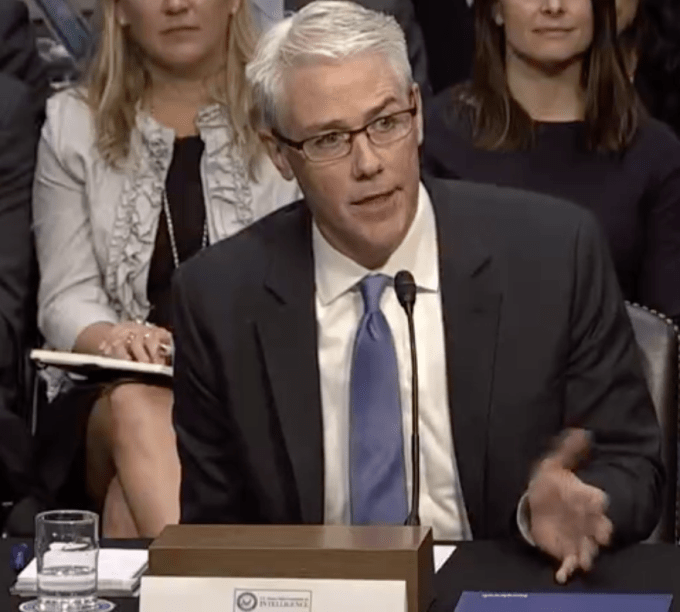
Ex-Facebookers aren’t shy to voice their views.
“The short-term, dopamine-driven feedback loops we’ve created are destroying how society works,” said former Facebook VP of user growth Chamath Palihapitiya. Hired in 2007 to help Facebook conquer the world, the founding partner of VC fund Social Capital seems to have had his conscience catch up with him. “I think we have created tools that are ripping apart the social fabric of how society works,” he says, asking leaders of the world not to feed the beast of optimizing engagement while forbidding his children from using these kinds of products.
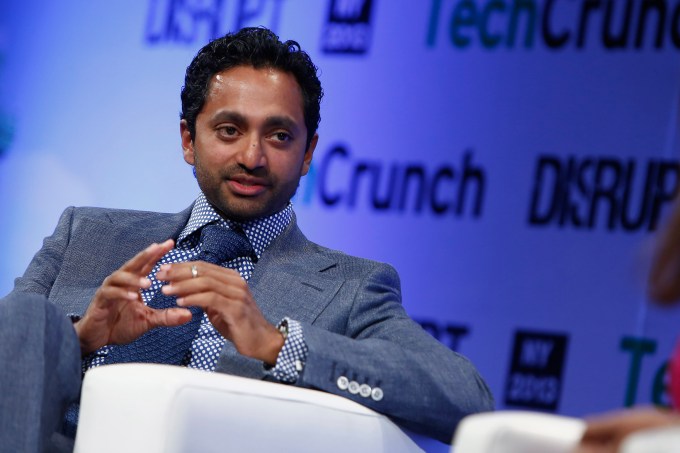
[Update 12/15/17: Palihapitya softened his comments in a follow-up Facebook post noting that “For all the ensuing controversy, I genuinely believe that Facebook is a force for good in the world” before saying “the important thing is what we as an industry do now to ensure that our impact on society continues to be a positive one. Facebook has made tremendous strides in coming to terms with its unforeseen influence and, more so than any of its peers, the team there has taken real steps to course correct.”]
Facebook’s first president, Sean Parker, recalls that “The thought process that went into building these applications, Facebook being the first of them, . . . was all about: ‘How do we consume as much of your time and conscious attention as possible?’ ” Now he says “I don’t know if I really understood the consequences . . . It probably interferes with productivity in weird ways. God only knows what it’s doing to our children’s brains.” It’s telling that public figures with their social and financial standing wrapped up in Facebook are willing to criticize it so publicly.
“One reason I think it is particularly important for us to talk about this now is that we may be the last generation that can remember life before” former Facebook product manager and Like button co-creator Justin Rosenstein told The Guardian. [Disclosure: Rosenstein is a friend of mine]
Now the co-founder of productivity startup Asana, Rosenstein wrote on his Facebook that while he’s grateful to have worked there and thinks it can foster compassion, “We technologists can take responsibility for mindfully designing tools that help users align their attention with their intention.” Denoting the dualism of social media usage, he says that “When we do, technology is a powerful tool for helping us collaborate toward our highest goals; when we don’t, we relinquish control of ourselves, and potentially our democracies,” and calls distractedness a “bug in our collective programming.”

Even Snapchat has recognized the danger of intermingling social and media evident in Facebook’s News Feed. Its latest update separates friends from professional content publishers to create a more overtly interactive wing of its app.
Perhaps the most vocal critic of exploitative apps is Tristan Harris, the former Google ethicist who has created a movement around the concept of “Time Well Spent.” That includes designing “Do Not Disturb” technology for rejecting notifications and staying cognizant of your social media behavior.
“This issue of what Facebook should do is not just about whether or not Facebook causes people to regret the time they spent, or that people are unhappy about spending a certain amount of time on social media, or that it’s about distraction. None of those thing are what Time Well Spent is really about,” Harris says. “The thing that’s so disconcerting right now is that the attention extraction business model means that loneliness, because of the amount of time people spend looking at screens, is good for business.”
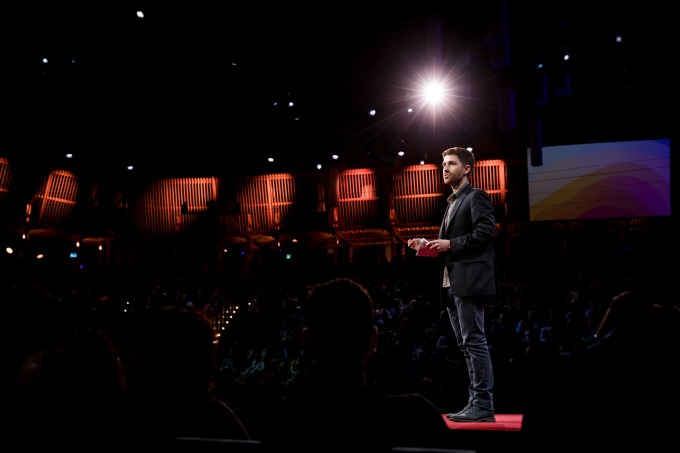
The time for change is now because things are poised to get worse.
We’re shifting from text-based communication to visual communication with Facebook’s adoption of the Snapchat Stories format across its apps. While Stories were designed to let you be raw and unpolished, beyond the highlights you post to the permanent Instagram feed, they’ve just made signalling your status and inducing envy a more constant game.
Augmented reality and especially virtual reality have the potential to inject technology between us and the world around us. It will be even easier to get lost in these technologies, abandoning real life for a virtual one, or use them as substitutes for human interaction, querying an eye-piece for directions or recommendations instead of asking a local.

And most importantly, the approach of global smartphone saturation gives everyone and endless distraction at all times. A damning Atlantic article blames smartphones for teens sleeping less, getting their driver licenses later and even delaying sex. Our brains just didn’t evolve to resist a glowing, moving screen full of random facts and bottomless entertainment. Everyone deserves the occasional moment to turn off their minds, indulge in some guilty-pleasure entertainment and enjoy the new opiate of the masses: our phones. But without mindfulness about when we’ve had enough, indulgence spills into addiction.
The fracturing of attention is the crisis of this generation, and we need action. But attention is the center of a new tragedy of the commons. There’s always someone else willing to exploit it, leading us down dark and endless paths of passive consumption. That’s why Facebook, as the biggest player in the attention economy, must step up.
Rebuilding Facebook for good
I’ve questioned Facebook and its VR division Oculus for years about research into well-being and internet addiction. It never had much to share, or even gave indications that it was taking the issue seriously.
For better and worse, the company is populated by optimists who are skilled at seeing the best-case scenarios, but sometimes miss the worst. That’s led it to be caught off-guard by privacy mishaps, balancing censorship and safety and thwarting abuse. Despite its massive reach and power, the company wasn’t prepared for concerted disinformation campaigns by Russian election meddlers.
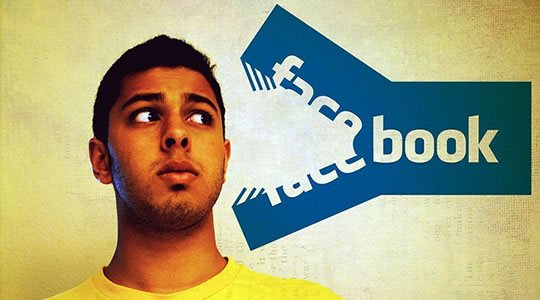
I worried it would take a mental health tragedy for Facebook to get serious about investigating the sources of negative emotions stemming from its service and building improvements into the product. But recently, Facebook put me in touch with David Ginsberg, director of research for Facebook, who’s been working to ramp up Facebook’s response to the threat of passive misuse.
“The technology industry is grappling with fundamental questions about well-being and the role technology plays in people’s lives,” Ginsberg tells me. “We want Facebook to be a place that contributes to your life in a positive way. We realize we don’t have all the answers, but we’re investing in research, people and product development to help get it right.”
Here’s a video with a deeper look at Ginsberg’s team:
It’s also confidence-inducing to hear Zuckerberg say that he’s more than willing to put user well-being ahead of Facebook’s business priorities. “Protecting our community is more important than maximizing our profits,” he said on the Q3 call. “It’s important to remember that Facebook is about bringing people closer together and enabling meaningful social interactions; it’s not primarily about consuming content passively.”
Facebook has already begun to realign its product around bringing the world closer together, and that includes many features to stoke active participation.
Groups were a huge area of development for Facebook this year, with it organizing a whole summit for Group admins where it launched new features for discovering, moderating and analyzing these niche forums. While the News Feed can feel like a circus dominated by one-way broadcasts about surface-level themes and daily ephemera, Groups are more like a café where deeper discussion on esoteric topics can thrive.
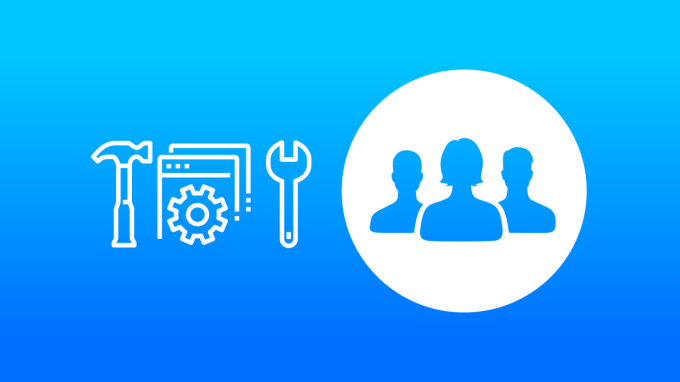
Facebook reordered the News Feed to put “friends first,” preferencing original content sharing that can spark personal interaction over copy-and-pasting articles. There’s now a purposeful way to solicit recommendations with a status update, which often lead to vibrant comment sections of people sharing their favorite places. Those comment reels can morph into chat-like threads on desktop that stay with you for swifter replies as you browse the site. In fact, the whole design of comment threads has been refreshed to look more like chat bubbles to catalyze more back-and-forth.
Facebook last year launched a standalone Events app to help people find what’s going on offline and attend with friends. Now it’s rebranded it as Facebook Local with the inclusion of restaurants and landmarks with reviews from friends in hopes of helping you leverage your community to get the most out of your city. Just today, Facebook was spotted expanding tests of an offline Meetup planning feature for Groups.
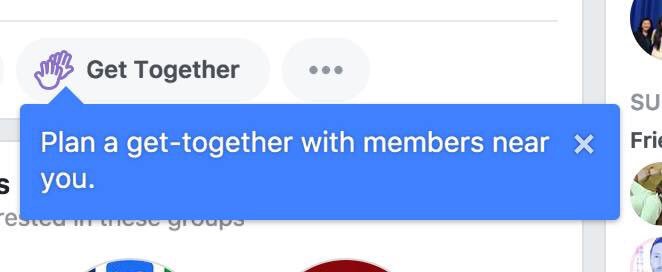
Perhaps most importantly for encouraging healthy usage, Facebook Messenger now shows who’s active atop the home screen to stimulate conversations. It’s been aggressively pushing video chat, which saw twice as many sessions in 2017 as 2016. New features for sharing location, making plans and even playing multiplayer games like Words with Friends discourage users from zoning out. Instagram, too, has been pushing more active communication through enhancements to direct messaging and a whole standalone app for the feature.
Facebook is also adapting to its responsibility for the welfare of its users. Though controversial, it’s rolling out proactive detection artificial intelligence to find users showing signals of potential self harm or suicide and notify friends or first-responders before their content is even reported. And the Community Help product makes volunteering viral, so neighbors can offer or seek assistance after natural disasters or other crises.
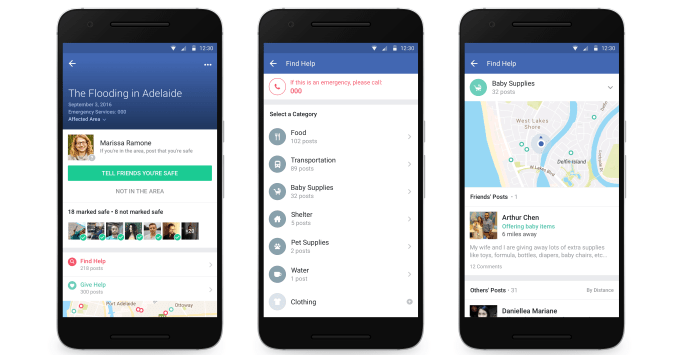
Zuckerberg’s stated approach to boosting Time Well Spent is far from game-changing. “When done well, video brings us closer together,” he said on the Q3 call. Some will say it merely furthers Facebook’s business goals of driving more lucrative video ad views, but it’s also pragmatic. If video is the easiest way to waste time on Facebook, and people already spend hours a day on completely asocial television, a little effort could go a long way.
“We’ve found that communities formed around video like TV shows or sports create a greater sense of belonging than many other kinds of communities . . . But too often right now, watching video is just a passive consumption experience,” Zuckerberg says. “So we’re going to focus our products on all the ways to build community around the video that people share and watch. That’s something Facebook can uniquely do.”
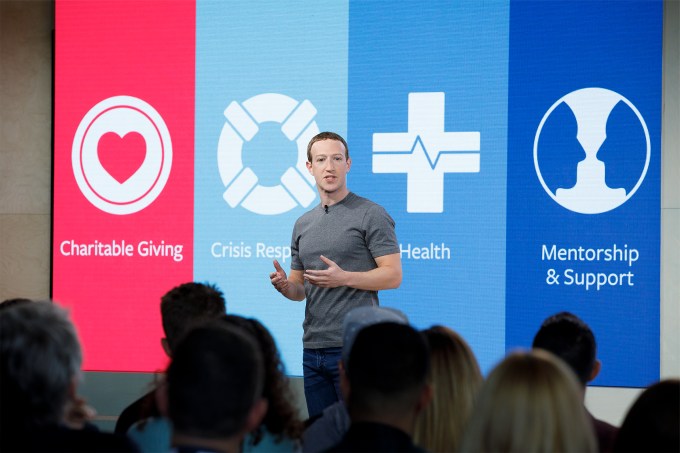
How that will happen isn’t exactly clear, but I have some ideas. Rather than funding one-off News Feed videos or asocial original programming, Facebook could funnel money toward content creators who make Shows with mystery or subjective narratives that will develop surrounding communities the way Lost did. Facebook could also expand its new Creator app for video makers to let them start in-app fan clubs where their top followers can forge connections and cheer their favorite influencers on together.
Still, these approaches are all indirect. Facebook has a chance to address the problem head on by communicating with users it thinks are stuck in a rut.
Attacking loneliness
In my least-healthy Facebook behavior pattern, I’ll browse for a half or whole hour, make a quick loop past Twitter and email, and then go right back to Facebook’s News Feed. I’ve even caught myself reloading Facebook while still on Facebook, or closing the app on my phone and staring at the home screen like a zombie before reopening Facebook again. There’s more Facebook could do to shake me out of these cycles.

Facebook should be able to learn through quantitative and qualitative research that this doesn’t make me feel good. The same goes for long sessions of lurking without commenting or interacting much. A big step forward for Ginsberg and Facebook’s research team would be figuring out how to measure passive use, and identify flags that indicate I could use some intervention.
What if when Facebook saw you mindlessly scrolling, it showed a big box in the News Feed suggesting you message your closest friends who are currently online? Or it purposefully started surfacing active comment threads you could jump into, gave a prompt for something to share or even offered a reminder of how much time you’d spent browsing today?

If Facebook is willing to make this commitment to user well-being, not in words but in product changes, it could start an industry-wide trend. Users could grow to expect their apps to look out for their well-being rather than exploit their attention. Eventually, tech companies that unabashedly abuse their users could lose them.
That’s all just a dream for now, though. The most we might expect is for Ginsberg’s team to get more funding, more clout, more buy-in from Facebook’s various teams, and more of a mandate to incite change. The solutions Facebook proposes might at best chip away at the problem rather than tackle it in earnest.
 Unfortunately, Facebook’s business model is directly tied to attention. The more time spent, well or not, the more ad views it racks up and the more money it makes. While this model lets Facebook offer itself to users for free, including those who could never afford a subscription fee, it strongly disincentivizes any large scale changes that would dramatically reduce average usage time, even if it boosted satisfaction. “We have to decouple attention from profit” Harris protests, but that’s a much bigger task than adding a few benevolent pixels.
Unfortunately, Facebook’s business model is directly tied to attention. The more time spent, well or not, the more ad views it racks up and the more money it makes. While this model lets Facebook offer itself to users for free, including those who could never afford a subscription fee, it strongly disincentivizes any large scale changes that would dramatically reduce average usage time, even if it boosted satisfaction. “We have to decouple attention from profit” Harris protests, but that’s a much bigger task than adding a few benevolent pixels.
And so it is likely us who must rescue our attention and bend our behavior back toward what makes us feel good long-term. That means commenting something personal rather than just Liking, messaging friends rather than spying on their profiles and being vulnerable in what we share.
We don’t have to pretend life is perfect, especially to the detriment of our friends. The occasional crack in the veneer can help people see what’s real about us. It will take courage to own our flaws, open up about what’s hurting, and admit when we need help. And it will take effort to cast off the idle inertia and fear of awkwardness that keeps us from communicating.
We’re fated to spend more and more time interacting through technology. It’s our choice whether we spend it purposefully.
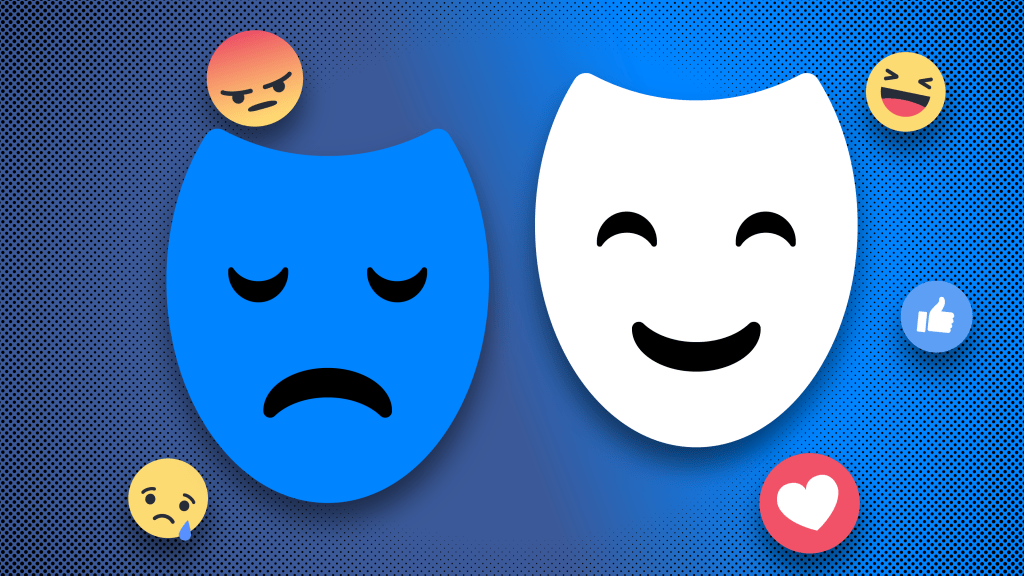






























Comment